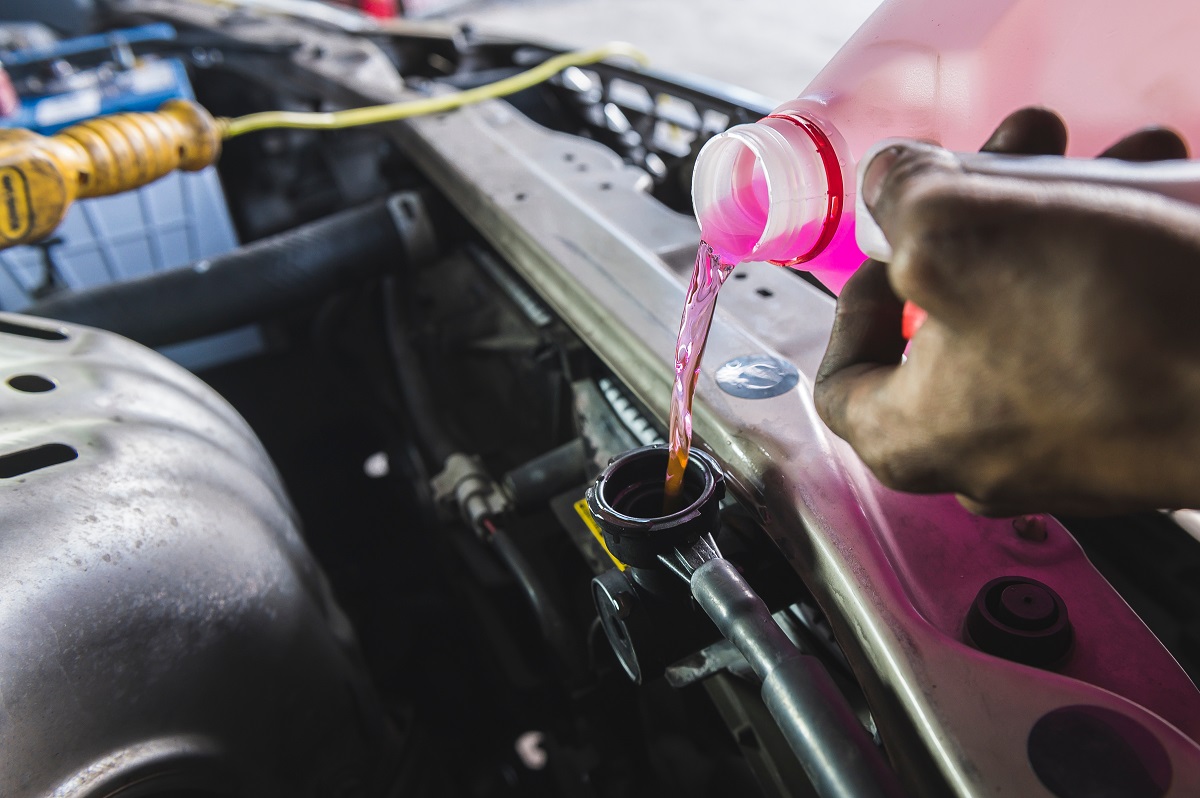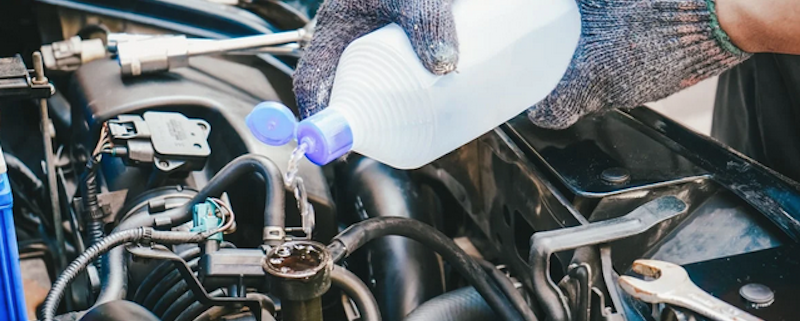Water Shortage in Car’s-Radiator: Causes/Consequences
Water shortage in a car’s radiator is a common issue that can lead to a range of problems. These problems range from engine overheating to costly repairs. One of the primary reasons for water shortage in a car radiator is leaking hoses or connections. Over time, the rubber hoses that carry coolant to and from the radiator can degrade. This leads to leaks. Similarly, connections between hoses and the radiator or engine may become loose or corroded, resulting in coolant-loss. Damage to the radiator itself, such as corrosion, rust, or physical impact, can also cause water shortage. Cracks or holes in the radiator can allow coolant to leak out. Therefore, they reduce the overall volume of water in the system.The thermostat is responsible for regulating the flow of coolant through the radiator. If the thermostat malfunctions or becomes stuck closed, it can restrict the flow of coolant. This leads to water shortage and overheating. In hot climates or under extreme operating conditions, radiator water may evaporate more quickly than usual. This results in reduced coolant levels. While this is less common than other causes, it can still contribute to water shortage over time.
Consequences of Water Shortage
 Perhaps the most immediate consequence of water shortage in a car radiator is engine overheating. Coolant plays a crucial role in dissipating heat from the engine. When levels are low, the engine can quickly reach unsafe temperatures, potentially causing damage to components .A lower volume of coolant in the radiator means less capacity to absorb and dissipate heat. As a result, the cooling system becomes less effective. So, this leads to increased operating temperatures and the risk of engine damage. Prolonged overheating due to water shortage can result in severe engine damage. This includes warped cylinder heads, blown head gaskets, and piston ring damage. These parts can be expensive to repair and may require extensive work to rectify.
Perhaps the most immediate consequence of water shortage in a car radiator is engine overheating. Coolant plays a crucial role in dissipating heat from the engine. When levels are low, the engine can quickly reach unsafe temperatures, potentially causing damage to components .A lower volume of coolant in the radiator means less capacity to absorb and dissipate heat. As a result, the cooling system becomes less effective. So, this leads to increased operating temperatures and the risk of engine damage. Prolonged overheating due to water shortage can result in severe engine damage. This includes warped cylinder heads, blown head gaskets, and piston ring damage. These parts can be expensive to repair and may require extensive work to rectify.



